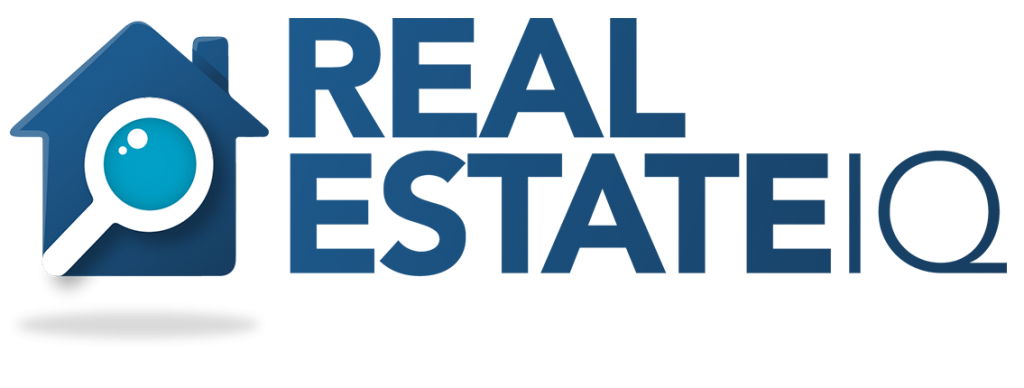It’s time to add another resource for beginners! If you want to start in the real estate business, or if you’ve just taken your first steps but are a little overwhelmed, then this is the article you need! At Real Estate IQ, we know it might be a challenging field to work in. For that reason, we invited Blake Hawkins – the owner of Freedom Hawk Homebuyers and real estate investor – to host a webinar and learn how he began. And he certainly delivered!
“I started in real estate in 2017, and it took me six months to make my first wholesale deal. The reason for this delay was that I had no idea what I was doing. It was a lot of trial and error; it was a lot of frustration,” he recalled. Therefore, he gathered his whole experience and came up with this fail-proof plan to get the first deal in just 60 days. If you want to find out more, keep reading!
“Back in 2017, my first move was connecting with a local real estate investor. I started doing lead generation for his business in exchange for mentorship and went solo with my company in August 2018. Once I managed to close my first deal, I never looked back to my old life; and I never had a month without a deal. The beginning is the hardest part,” Hawkins assured.
As he mentioned, the exit strategy he selected to start in the real estate business was wholesaling. The main reason why this is an excellent strategy for beginners is that it doesn’t require too much money. Hence, you can start without capital and gain it in time – learn the ABC of wholesaling with these articles!
Hawkins also clarified that this fail-proof plan is not a scalable operation. “This is designed to help someone initiate the business and it can also work for people who want to do maybe just one deal a month. It’s a very simple, direct, and practical strategy, and it got me my first four deals,” he revealed. Furthermore, it’s not necessary to have a profound knowledge of real estate.
So, if you’re ready to try Hawkins’ fail-proof plan, you’ll need to follow two simple steps: strategy and execution.
First step: Strategy
The first thing you need to do is to find opportunities with intentional prospecting. And in order to do that, you’ll need to identify a number of things. They consist of your strategy and will let you pass to the execution part smoothly.
The strategy involves:
- Identifying 100 vacant or massively distressed properties and writing down their full addresses – if you don’t have any money, you can do this by driving for dollars and looking for broken windows, extremely tall grass, filled-up mailboxes, and other abandonment signs.
- Identifying property owners and their mailing addresses – once again, you can do this for free at the county appraisal district.
- Identifying homeowners’ phone numbers – you can check them out in the white pages or use Real Estate IQ’s skip tracing service.
- Identifying the properties that are absentee – in other words, mark down the owners whose mailing address is different from the property you saw.
Completing these four items might take a while, as you can imagine. The good thing is that you can solve this whole first step with our Premium Off Market Leads! If you subscribe to our lists, you will receive daily lists of distressed sellers with their homeowners’ contact information (phone numbers and addresses) already included! Yes, that means that you don’t have to leave your seat or waste money driving around: the information will arrive at your inbox every morning, already filtered by types of distressed properties (including absentee owners)!
Second step: Execution
Now that you have the data, you need to organize the execution of your plan. At this point, you’ve decided what your focus properties are and discovered who owns them. Nonetheless, you’re not the only one aware of these opportunities. And you may have to face some tough competition.
Hawkins realized the same thing: his competitors were big and had money to implement marketing campaigns everywhere. “I decided to cut all the fluff out in the sale cycle and knock on the sellers’ door to try to work a deal. That was my way to get a competitive advantage. And I discovered that what would take somebody maybe eight or nine phone calls to get to the point of actually negotiating and putting the property under a contract; most of the time, you can do that the first time you can talk to someone face to face. They feel more comfortable, and the trust factor increases,” he explained.
But before you freak out, we’ll jump in and clarify that he didn’t necessarily visit all 100 properties. He broke down the data he gathered on the first stage like this:
- Identify the “door knock” list – or, in other words, put the properties with absentee owners under this category and then separate it into groups of 10. These are the owners to visit because they don’t live in the distressed property and might be more interested in selling it.
- Identify the “cold call” list – here go the properties that don’t have absentee owners.
- Run property numbers – identify the ARV and general offer range of each property. You can also do this in batches, but it’s important to have them before talking to homeowners because they will give you more confidence when negotiating (more on that here).
- Doorknock 10 properties until the list is complete – Sundays are the best days for this. Hawkins advised not to be too intrusive, but he reminded attendees that the way you approach somebody is going to dictate how the outcome comes off. Also, he recommended using the Road Warrior app to optimize the route when driving around.
- Cold call all the properties until the list is complete – in Hawkins’ experience, the best day to do this is Saturday.
Once you have everything researched and organized, all that’s left is to keep trying until you get the yes. “It may seem like a lot of work, and it takes some effort. But when you see the results, it’s definitely worth the time and work. I used this very same plan, and it got me four deals out of 100 leads. That’s a 4% success rate. Though it might not seem like a big number, it’s pretty good in the real estate world . And I did a little over $35,000,” Hawkins concluded.
Disclaimer: The blog articles are intended for educational and informational purposes only. Nothing in the content is designed to be legal or financial advice.





